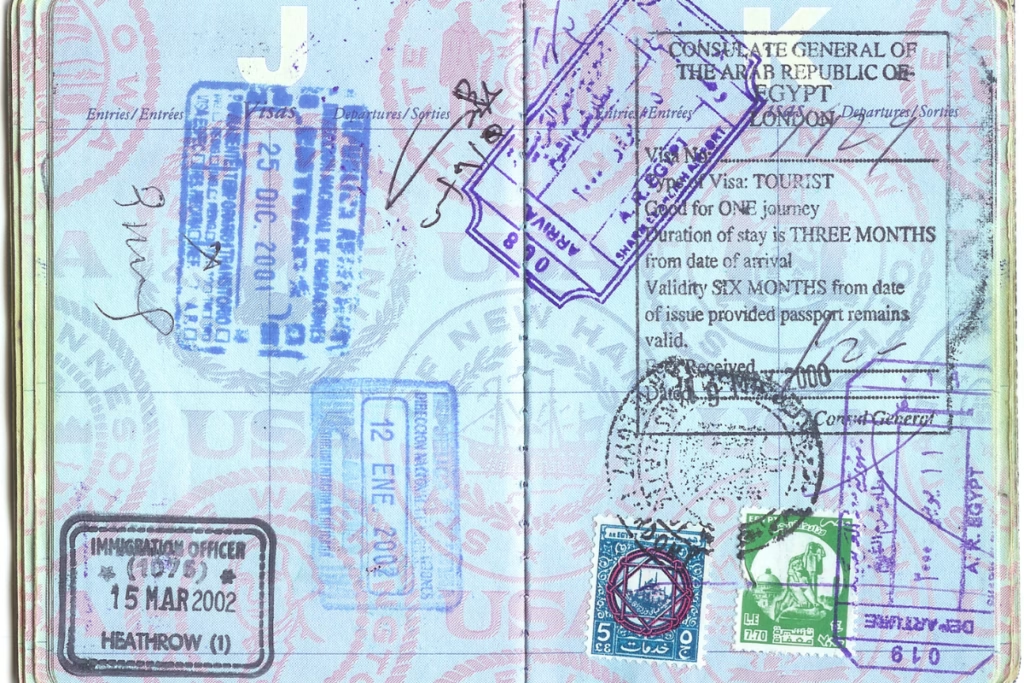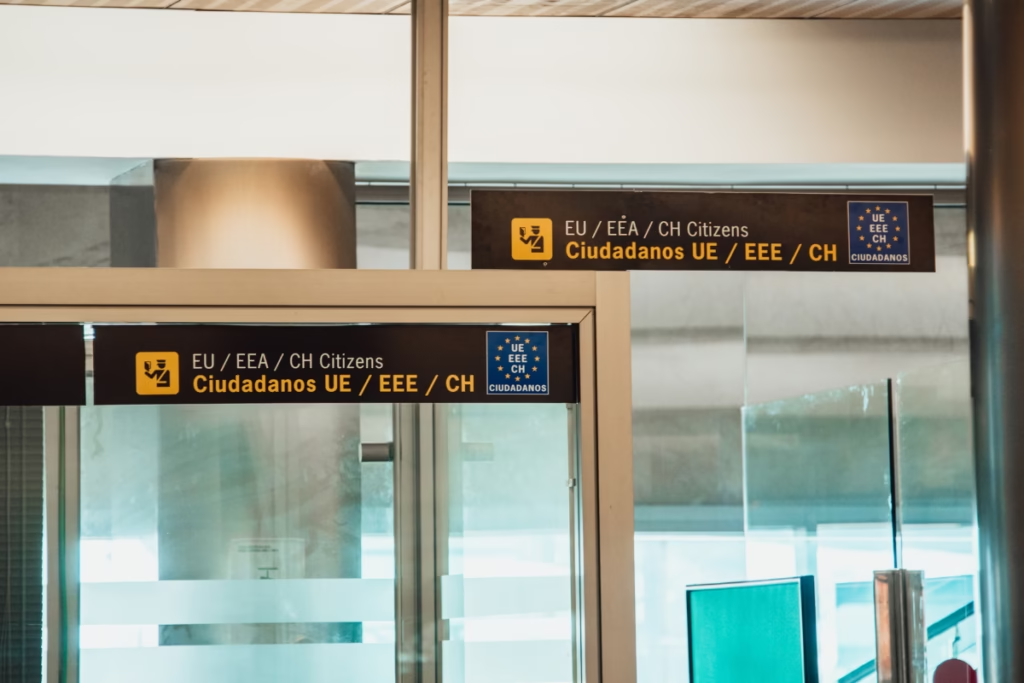From 12 October 2025, the European Union will begin phasing in the mandatory Entry-Exit System (EES), a digital biometric system that replaces passport stamping for non-EU travellers at Schengen external borders.
An entire era of collecting the prized passport stamps in Europe is coming to a close. As a millennial, I can tell how much I have loved flipping through pages filled with inked memories, proof of border crossings, adventures, and time spent wandering Europe. That ritual ends soon.
The rollout runs over six months, with a target of full operation by 10 April 2026. For anyone planning to travel to Europe in 2025 or 2026, be ready as this is the biggest border change in years.
What is the EU Entry-Exit System (EES)?
EES is an EU system that records non-EU nationals’ passport data and biometrics (a facial image and fingerprints) at external borders to automate entry and exit records, and calculate short-stay entitlement. The system replaces routine passport stamping for affected travellers.
For non-EU travellers, this includes:
- Your passport data is scanned.
- A photo and fingerprints are collected (the first time you enter after launch).
- The system automatically tracks your entries and exits, and counts your 90/180-day limit.
In short: no more routine stamps, just a digital record.
Key dates and scope
- 12 October 2025: EES begins rolling out at Schengen external borders.
- 10 April 2026: Targeted completion of the phased rollout across participating states. Poland is one of the first EU nations to implement the biometric EES.
Who’s affected? It applies to third-country nationals (Schengen visa holders and visa-exempt travellers). EU, EEA and Swiss citizens are not affected.
What travellers should expect at Polish border control?
- First crossing after launch will prompt you to provide a facial image and fingerprints. An officer or kiosk will create an electronic entry record. Subsequent crossings are usually verification only.
- Allow extra time at arrivals on first crossing and during the early weeks of rollout. Expect queues to be slower as the systems stabilise.
- For children, fingerprinting rules may vary by age and national practice. Check the border crossing guide for the respective country before travel.
Practical checklist for EU tour operators and Poland Travel Guides
- Checklist for Tour Operators and Guides
- If you’re running tours in Poland or other European countries, the EU Entry-Exit System 2025 will change how you plan itineraries and handle arrivals. Here’s a quick checklist to prepare:
- Update pre-arrival emails: Explain the EES process clearly and remind travellers to allow extra time at border control.
- Build in buffer time: Add at least 60–90 minutes to arrival-day plans for the first EES crossing.
- Prepare group documentation: Keep coach manifests and group lists ready as land borders may take longer during the rollout.
- Train your staff: Make sure they can answer likely traveller questions about passport stamps, biometrics, and data retention.
- Turn it into an advantage: Market your services as “EES-ready”, from transfers to meet-and-greet support. Gov.pl

Privacy & Retention EU Entry-Exit System Essentials
EES entry/exit records are normally retained for three years. If a departure cannot be confirmed, certain records may be kept up to five years. The system is governed by EU regulation and managed at EU level with data protection safeguards.
Polish airports and border authorities are preparing for the new biometric EES and testing equipment. Expect Warsaw, Kraków and Wrocław to be among the busiest points during rollout. For tour operators and guides in Poland, early communication and modest itinerary buffers will prevent delays from affecting client experience and help turn nervous travellers into satisfied repeat customers.
For smooth Poland travel 2025–26, clear pre-trip instructions on EES border checks will matter more than ever. Stay ahead by preparing for biometric EES now to ensure seamless travel.
Further read: Moving to Poland with Family – Visa & Residency Laws Explained
Share this:
- Click to share on Facebook (Opens in new window) Facebook
- Click to share on LinkedIn (Opens in new window) LinkedIn
- Click to share on Reddit (Opens in new window) Reddit
- Click to share on X (Opens in new window) X
- Click to share on WhatsApp (Opens in new window) WhatsApp
- Click to email a link to a friend (Opens in new window) Email





